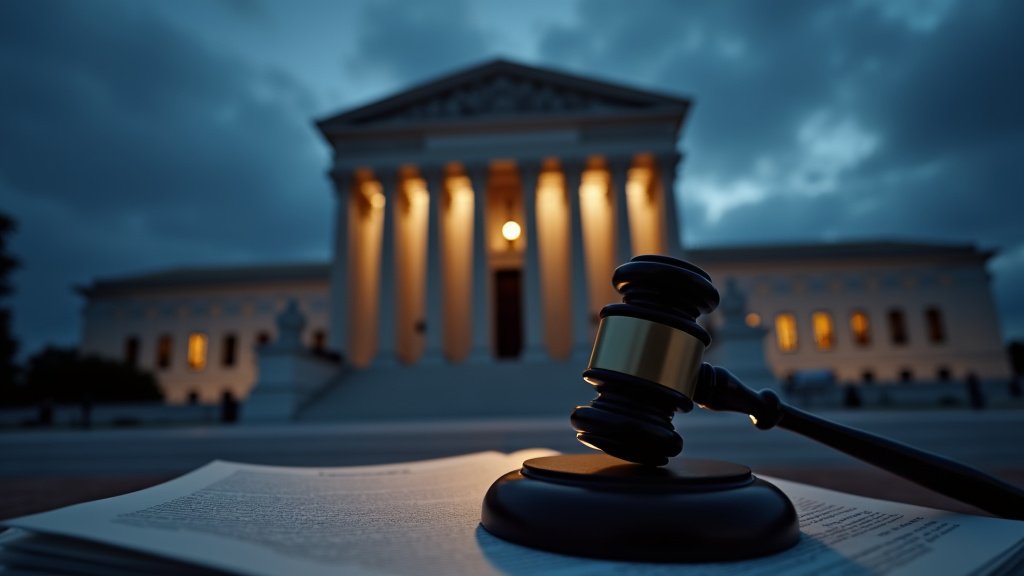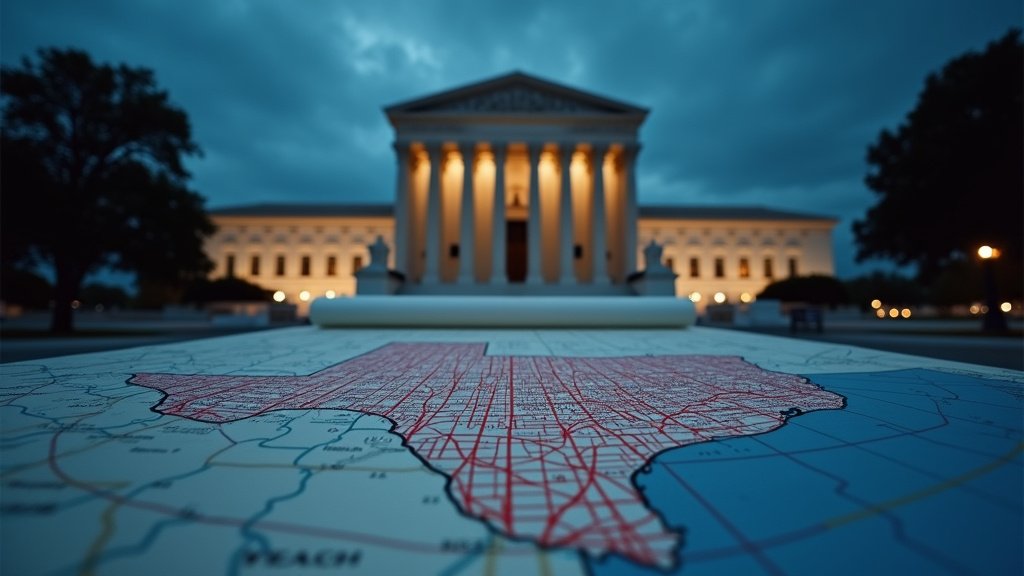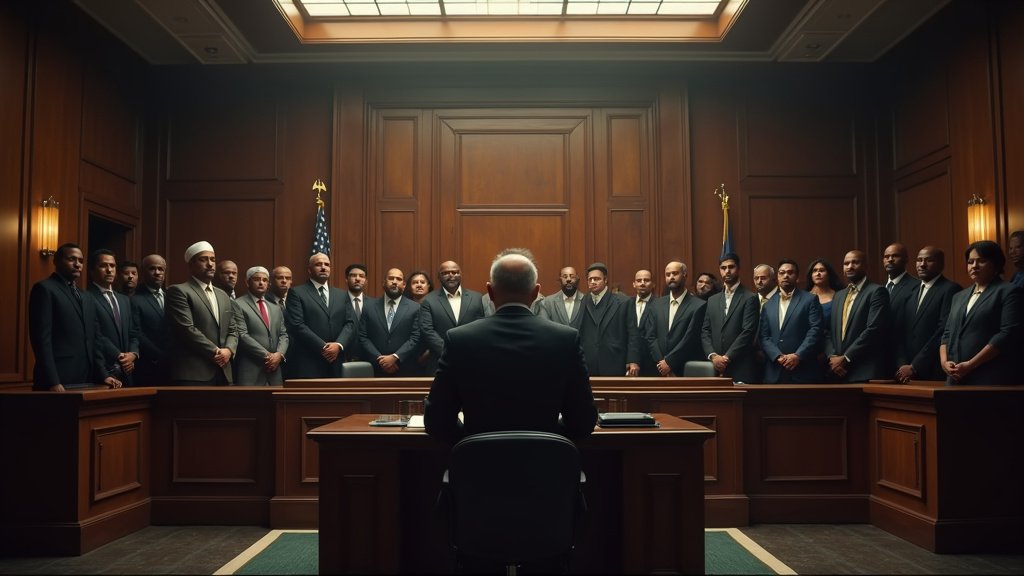In a significant development that injects uncertainty into the upcoming electoral landscape, the U.S. Supreme Court has temporarily reinstated Texas’ newly drawn **Texas Congressional Map**, pausing a lower federal court’s decision that had blocked its use. The administrative stay, granted by Justice Samuel Alito, allows the map, which is designed to bolster Republican representation in the U.S. House, to remain in effect while the nation’s highest court considers the contentious legal battle surrounding the **Texas Congressional Map**. This move provides a critical, albeit temporary, reprieve for state officials and could shape the balance of power in Congress through this revised **Texas Congressional Map**.
Supreme Court Steps In to Pause Lower Court’s Block on Texas Congressional Map
The emergency intervention came after Texas officials, led by Attorney General Ken Paxton, appealed a November 18, 2025, ruling by a three-judge federal district court panel. That panel had found substantial evidence that the state’s new **Texas Congressional Map**, approved by the Republican-controlled legislature in August, constituted unconstitutional racial gerrymandering. The lower court had ordered Texas to revert to its 2021 congressional map for the 2026 elections, a decision that dealt a significant blow to Republican efforts to expand their narrow majority in the U.S. House, and a key point in the debate over the **Texas Congressional Map**.
Justice Alito’s administrative stay, issued late on November 21, 2025, is a preliminary step. It halts the injunction from taking effect, permitting the use of the 2025 map for now. The Supreme Court has requested that the plaintiffs—a coalition of civil rights groups and minority voters—file a response by Monday, November 24, indicating that the justices are moving to consider the state’s appeal regarding the **Texas Congressional Map**. This rapid response underscores the urgency, as the candidate filing deadline for the March 2026 primaries is fast approaching on December 8, and the status of the **Texas Congressional Map** remains undecided.
The Core of the Legal Dispute: Race vs. Politics in the Texas Congressional Map
The heart of the legal challenge lies in the accusation that Texas lawmakers intentionally drew the new congressional districts based on race to dilute the voting power of Black and Hispanic communities, thereby securing more Republican seats in the context of the **Texas Congressional Map**. This practice, known as racial gerrymandering, is unconstitutional. Challengers, including groups like the League of United Latin American Citizens (LULAC) and MALDEF (Mexican American Legal Defense and Educational Fund), argue that the map directly violates the Voting Rights Act and the U.S. Constitution, impacting the fairness of the **Texas Congressional Map**.
Texas, however, contends that the map was drawn purely for political and partisan reasons, not racial ones, in creating the new **Texas Congressional Map**. Attorney General Ken Paxton has characterized the accusations of discrimination as “absurd and unsupported,” asserting that the legislature acted to “secure more Republican seats in Congress and thereby better represent our state and Texans.” The state argues that partisan redistricting is a legal and common practice, citing Supreme Court precedent that allows for political considerations in map-drawing, as long as race is not the predominant factor in the **Texas Congressional Map**.
Roots of the Mid-Decade Redraw Affecting the Texas Congressional Map
The controversial redistricting effort was unusual, as such significant map redrawing typically occurs only after a U.S. Census every ten years. However, in the summer of 2025, Texas lawmakers convened special legislative sessions to redraw congressional boundaries, creating the current iteration of the **Texas Congressional Map**. This move was heavily influenced by President Donald Trump, who had urged Republican-led states to redraw their maps to consolidate and expand the GOP’s slim majority in the House of Representatives ahead of the 2026 midterm elections. The proposed **Texas Congressional Map** was projected to yield an additional five Republican-controlled seats, potentially shifting the balance of power significantly.
A key point of contention in the legal proceedings was a July 2025 letter from the Trump administration’s Department of Justice (DOJ). The letter warned that four of Texas’s then-current congressional districts were unconstitutional, specifically flagging them as “coalition districts” where minority voters collectively formed a majority, a factor influencing the redraw of the **Texas Congressional Map**. The DOJ threatened legal action if these districts were not redrawn. Texas officials cited this letter as a reason for revising the map. However, the federal district court panel found that by using the DOJ’s letter as a rationale, Governor Greg Abbott and the legislature had “explicitly directed the Legislature to redistrict based on race,” thus initiating a process that became racially motivated in the context of the **Texas Congressional Map**.
Lower Court’s Scathing Rejection of the Texas Congressional Map
The November 18 ruling by the three-judge panel, authored by U.S. District Judge Jeffrey Brown (a Trump appointee) and joined by an Obama appointee, was critical of Texas’s redistricting plan for the **Texas Congressional Map**. Judge Brown wrote that while “politics played a role in drawing the 2025 Map. But… it was much more than just politics. Substantial evidence shows that Texas racially gerrymandered the 2025 Map.” The majority opinion noted that state officials, including the mapmaker, were not credible when they claimed race was not a factor, leading to the blocking of the new **Texas Congressional Map**, ordering the state to revert to its 2021 boundaries for the upcoming elections.
National Implications and Trending Political Battles Over Congressional Redistricting
This legal fight in Texas is part of a broader, nationwide trend of redistricting battles between Republican and Democratic-led states seeking partisan advantage ahead of elections, with the **Texas Congressional Map** being a central focus. Other states, including Missouri, North Carolina, and California, have also engaged in mid-decade redistricting or are considering it. The outcome of the Texas case could have far-reaching implications, setting precedents for how race and partisanship are weighed in drawing electoral maps, especially concerning the validity of the **Texas Congressional Map**.
Texas Republicans are hoping that the Supreme Court, with its conservative majority, will ultimately uphold the new map, viewing it as essential for maintaining their grip on power. Conversely, civil rights advocates and Democrats see the lower court’s ruling as a victory for minority voting rights and a check against what they describe as a brazen attempt to suppress minority political power, directly challenging the legality of the **Texas Congressional Map**. The situation remains a top political news story, highlighting the intense partisan struggles over electoral representation and the contentious nature of congressional redistricting.
What Happens Next for the Texas Congressional Map?
For now, Texas congressional candidates will likely proceed with filing for the March primaries under the 2025 map, thanks to Justice Alito’s temporary stay. However, the ultimate fate of the **Texas Congressional Map** and its impact on the 2026 elections hinges on the Supreme Court’s decision. Whether the court grants a longer-term pause, hears the case on its merits, or remands it back to lower courts will determine which map Texans ultimately use for their congressional districts. The high court’s eventual ruling is keenly awaited, promising to resolve this critical aspect of the ongoing political news cycle and decide the future of the **Texas Congressional Map**.






